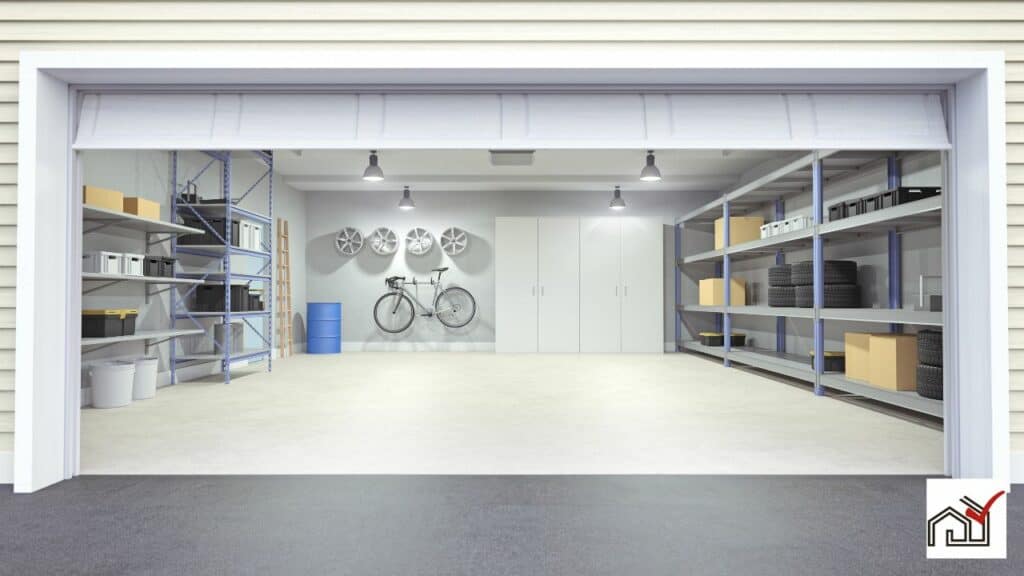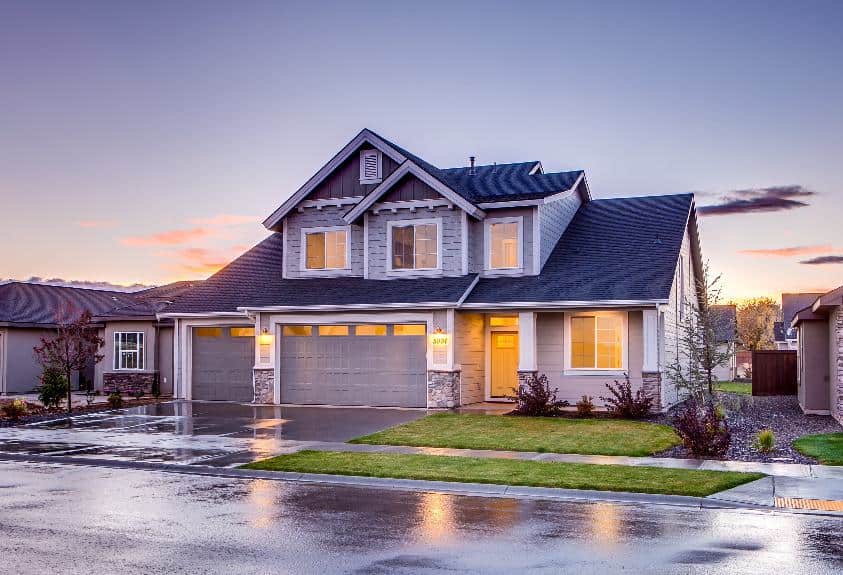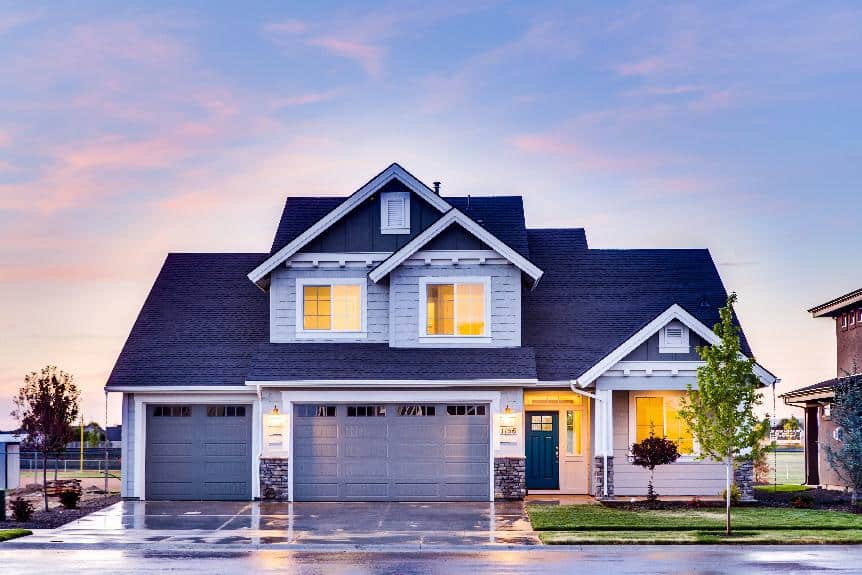When replacing your garage door opener, you might wonder if your old safety sensors will work with the new unit. These sensors stop the door from closing if there's something in the way. Using old sensors with a new opener could save money and time, but they might not be compatible.
Different brands and models use different technologies and communication methods. Check if your old sensors are compatible with the new opener by looking at the wiring, voltage, and signal types.
Don't compromise safety. Always refer to the manufacturer's instructions or consult with a professional to make sure everything works correctly and safely.
Understanding Garage Door Sensors
Garage door sensors serve as important safety devices, preventing the door from closing if there is an object, animal, or person in its path. These sensors are integral to the safe functioning of the door's automatic open and close feature. They work by detecting obstructions and signaling the door to stop and reverse to prevent accidents.
There are two key parts of the safety sensor system positioned on either side of the garage door near the floor. They communicate using an infrared beam; if this beam is broken, the sensors tell the door opener to stop moving. Correct alignment and undamaged wiring are crucial for the sensors to work properly.
It's important to note that garage door sensors are not universally compatible with all brands and models of door openers. Manufacturers typically design safety sensors to be compatible with their own systems to ensure smooth communication and reduce the risk of malfunctions. However, some brands like Liftmaster, Chamberlain, and Craftsman produce sensors that are interchangeable with their openers.
When replacing sensors or integrating them with a new opener, checking for compatibility is essential for the door's safety and functionality. If unsure, it's best to consult the manufacturer or a professional technician to ensure the system's integrity is not compromised.
Compatibility Concerns Explained
Compatibility issues are important when using old sensors with a new garage door opener, as incompatible parts may cause malfunctions and safety risks. A new garage door opener may not work properly with existing sensors due to differences in electronic communication, which could lead to incorrect operation and hazards.
It's important to recognize that sensors are not universally compatible. Different brands might use specific signaling methods that do not match with other systems. Even if sensors appear to fit, they may not work together effectively.
To avoid compatibility issues, it's recommended to buy sensors and openers from the same brand to ensure they work together properly. If you plan to use an old sensor with a new opener, check the manufacturer's guidelines or consult with a professional installer to confirm compatibility and maintain safety and functionality.
Safety and Functional Risks
Switching to the topic of safety and functional risks is important when using old sensors with a new garage door opener. The garage door is often the largest moving part in a home, and incompatible components can cause damage or injury. Using old sensors with a new opener can lead to the door not stopping for obstacles, risking harm to people, pets, and property. Additionally, outdated sensors may cause the door to operate unpredictably.
There are also functional risks, such as incorrect sensor readings leading to the door not closing or closing unexpectedly. These issues defeat the purpose of safety sensors.
To reduce these risks, it's recommended to use sensors and openers that are compatible and from the same manufacturer. This ensures that the safety features conform to current standards. Having the system professionally installed ensures proper setup and testing for safety and functionality.
Installation Process Overview
The installation process of a new garage door opener with existing sensors involves several steps.
First, check if the old sensors are compatible with the new opener to avoid safety issues and ensure proper function. Professional installation is advised due to technical complexity and safety risks.
An installer will first remove the old opener after disconnecting the power. The new opener is then installed following the manufacturer's guidelines, with careful positioning and alignment of the sensors to avoid errors.
For the sensor wiring, existing wires can be used if they are in good condition and correctly connected to the new opener. It's best to install the sensor and opener simultaneously for effective synchronization.
For simplicity and ensured compatibility, consider buying sensors and openers from the same brand.
Following these steps should result in a smooth upgrade to a new garage door opener while keeping the current sensors operational.
Lifespan of Garage Sensors
Garage door sensors generally last about five years, but their actual lifespan can vary based on how often the door is used and the surrounding environment. These sensors prevent the door from closing if they detect an object or person in the way, making them essential for safety. High usage and harsh weather can shorten their life.
It's important to maintain and inspect garage sensors regularly because they can degrade over time, which can cause the garage door to malfunction. This can be a safety hazard and could potentially damage the door.
When you're getting a new garage door opener, keep in mind that its sensors might need replacement before the opener itself, which usually lasts 10 to 15 years. For the best performance, consider replacing both the opener and its sensors at the same time. This ensures that the system works well together and minimizes the chance of failure.
Troubleshooting Common Issues
Troubleshooting issues with a garage door system involves checking the compatibility of old sensors with a new opener. It's important to confirm that the old sensor can work with new models, like those from Chamberlain. If the sensor is compatible but problems persist, ensure they are aligned correctly. Adjust the sensors so they face each other directly, checking the LED indicators for proper alignment.
Clean any dirt or debris from the sensor lenses with a soft cloth. Make sure there are no obstructions in their line of sight and that the wiring is secure and undamaged.
If these steps do not fix the problem, the sensor may be worn out and need replacement. Due to the risk of handling high-tension components, professional installation is recommended for safety and to confirm compatibility.
Following these steps should help determine if the old sensor can work with the new Chamberlain opener.
Upgrading Sensor Technology
Recent advancements in garage door sensor technology have led to increased safety and better compatibility with new openers. Upgrading sensors is essential for maintaining a secure and efficient garage door system. The latest sensors communicate more reliably with new garage door opener models.
It is important to check sensor compatibility with your garage door opener, as old sensors may not work with new systems. Manufacturers often provide compatibility information, and some are associated with programs like the Amazon Services LLC Associates Program for product linking.
Upgraded sensors offer enhanced safety features, such as the prevention of the door closing on obstructions like children or pets. This can give homeowners peace of mind about the safety of their family.
Professional installation is recommended to ensure correct sensor alignment and functionality, particularly for those not versed in technical maintenance.
Final Recommendations
It is recommended to replace both the garage door sensors and the opener at the same time to prevent compatibility issues and safety concerns. The sensors and opener work together to ensure the system operates safely and efficiently. Upgrading to a new opener with matching sensors reduces the risk of malfunctions and accidents.
Choosing products from the same brand can increase the likelihood of compatibility and make troubleshooting easier. Professional installation is advised because experts can ensure proper setup and safety. They can also suggest alternatives like universal sensors if compatibility issues arise.
For enhanced safety and ease of use, installing a new garage door opener with the latest features, such as improved sensors, automatic reversal systems, and battery backup, is wise. This update ensures user safety and compliance with current safety standards.




